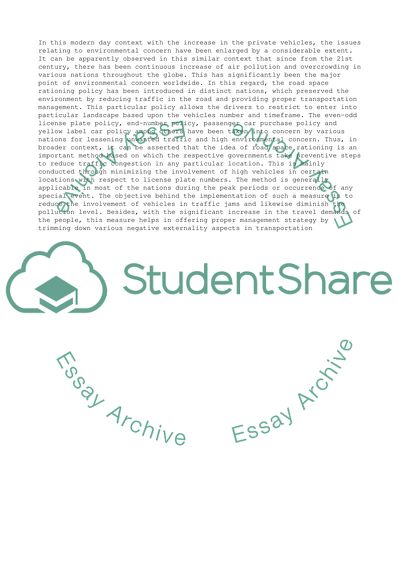Cite this document
(Transport Economics Term Paper Example | Topics and Well Written Essays - 3750 words, n.d.)
Transport Economics Term Paper Example | Topics and Well Written Essays - 3750 words. https://studentshare.org/business/1846816-transport-economics
Transport Economics Term Paper Example | Topics and Well Written Essays - 3750 words. https://studentshare.org/business/1846816-transport-economics
(Transport Economics Term Paper Example | Topics and Well Written Essays - 3750 Words)
Transport Economics Term Paper Example | Topics and Well Written Essays - 3750 Words. https://studentshare.org/business/1846816-transport-economics.
Transport Economics Term Paper Example | Topics and Well Written Essays - 3750 Words. https://studentshare.org/business/1846816-transport-economics.
“Transport Economics Term Paper Example | Topics and Well Written Essays - 3750 Words”. https://studentshare.org/business/1846816-transport-economics.


